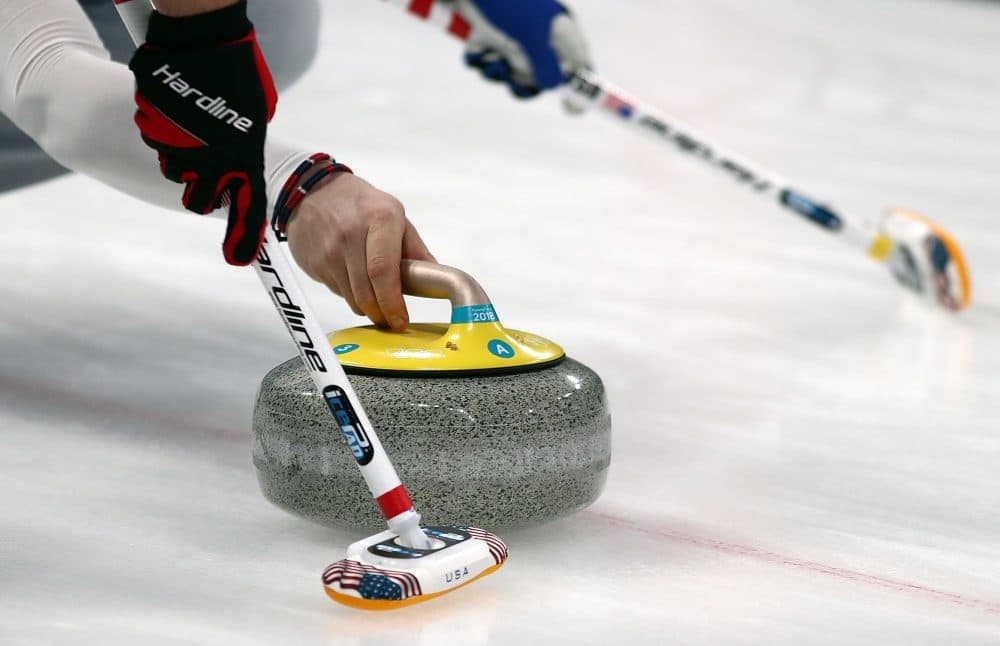Clay pigeon shooting, also known as clay target shooting, is a shooting sport involving shooting a firearm at special flying targets known as clay pigeons, or clay targets. The terminology commonly used by clay shooters often relates to times past, when live-pigeon competitions were held. This game is currently blocked due to the new privacy regulation and www.mousebreaker.com isn't currently controlling it. In order for you to continue playing this game.

Game Pigeon Olympics Twitter Pictures
While it may be difficult to get an event added to the contemporary Olympic roster, the early Games were noted for a willingness to include many sports that at best might be defined as questionable…and at worst might be defined as not really a sport. At least organizers were usually quick to note when an event wasn’t Olympic worthy, with most making only one appearance before being discontinued. Although these events might be long gone, they will continue to live on—at least in lists like this.
Game Pigeon Olympics Twitter Site
Game Pigeon Olympics Twitter Sports
Plunge for Distance
At the 1900 Games in Paris, organizers decided to combine the long jump with swimming, because…well, we don’t know why. The result was plunge for distance, in which competitors dove into the pool and then remained still for one minute or until their heads came to the surface. The person who glided the farthest distance won. Perhaps not surprisingly, only five competitors entered the event, all of whom were Americans. William Dickey won after traveling about 62.5 feet (19.1 meters). Also not surprising, the event was never held again.
Obstacle Swim
Another oddity from the 1900 Paris Games was the obstacle swim. The event, which was held in the Seine River, required competitors to climb over poles and boats and then swim under more boats as they covered a 200-meter course. Frederick Lane of Australia ultimately bested Austrian Otto Wahle by less than two seconds. Although it was subsequently discontinued, this is one event the International Olympic Committee (IOC) might consider bringing back.
Roque
Roque, anyone? To most of the world, the answer would be no, because the sport was little known outside the U.S. However, that didn’t stop organizers of the 1904 Olympics in St. Louis, Missouri, from adding it to the schedule. It was almost identical to croquet—which had appeared at the Games four years earlier and then disappeared—but roque was played on a hard surface and had solid boundary walls. Only Americans competed in the event, drawing complaints that the host country was trying to inflate its medal count.
Live Pigeon Shooting
Yet another questionable event on the roster of the 1900 Paris Games, live pigeon shooting was true to its name—actual live pigeons were used. Competitors had to shot as many birds as possible; after missing two in a row, the shooter was eliminated. The field where the event took place quickly turned gruesome as it became littered with dead and injured pigeons; nearly 300 birds were ultimately killed. The gold medal went to Belgium’s Leon de Lunden, who claimed 21 pigeons. Following protests from animal rights activists, clay pigeons were used at subsequent Games. While numerous sources mention the event, the IOC website, perhaps understandably, makes no reference to it.
Running Deer Shooting
Thankfully, this event didn’t involve live deer. Instead, cutouts of deer—with three concentric circle targets—were used. The “deer” moved quickly (75 feet [23 meters] in 4 seconds) past the shooters, who stood 110 yards (100 meters) back and took their allotted two shots at each of them. The event was introduced at the 1908 Games in London and was held at a number of Olympics before being discontinued. The sport was perhaps most notable for the performance of Sweden’s Oscar Swahn. He made his Olympic debut at the age of 60 in 1908 and became the oldest gold medalist, winning an individual and a team event in the sport. He continued to compete until the 1920 Games, where he won a silver at the age of 72.